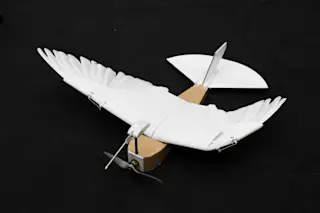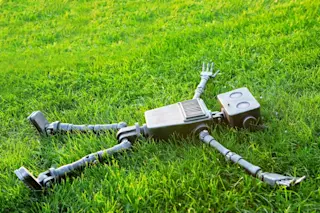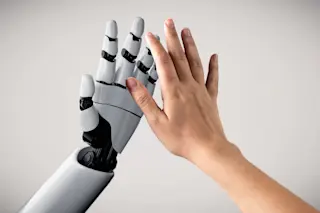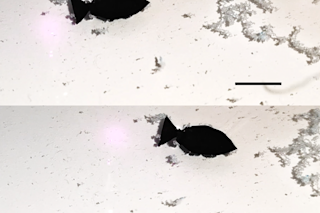If flying is for the birds, then where better to look for aerodynamic inspiration than to birds themselves?
A group of researchers at Stanford University this week unveiled findings from a study that mimicked pigeons’ wing design in a new flying robot. Nature’s aerial acrobats, it turns out, can teach humans a thing or two about airborne travel.
“My dream is to develop robots that fly as well as birds, and this is a major step forward,” said David Lentink, assistant professor of mechanical engineering at Stanford, in remarks provided to media before the paper’s release. Lentink was among the authors of the study, published Thursday in Science Robotics, that outlined the team’s development of a “biohybrid aerial robot platform.”
Otherwise known simply as “PigeonBot,” the winged device incorporated real pigeon feathers and was modeled after birds’ skeletal structures and feather movements. Video by the team shows researchers remotely controlling ...














